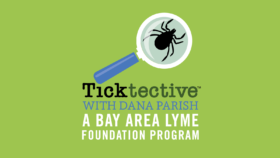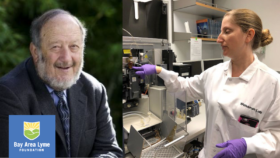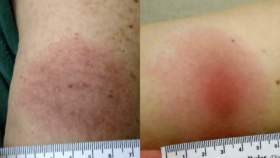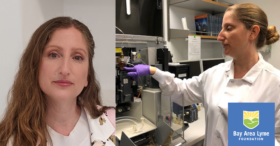David Perlmutter, MD, FACN
David Perlmutter, MD, FACN, is a board-certified neurologist, Fellow of the American College of Nutrition, and five-time New York Times bestselling author. He is recognized internationally as a leader in the field of nutritional influences in neurological disorders. He serves as a member of the Editorial Board for the Journal of Alzheimer’s Disease and has published extensively in peer-reviewed scientific journals, including Archives of Neurology, Neurosurgery, and The Journal of Applied Nutrition. In addition, he is a frequent lecturer at symposia sponsored by institutions such as the World Bank and IMF, Columbia University, Scripps Institute, New York University, and Harvard University and serves as an Associate Professor at the University of Miami Miller School of Medicine. Dr. Perlmutter’s books have been published in 32 languages and include the #1 New York Times bestseller Grain Brain, The Surprising Truth About Wheat, Carbs and Sugar, with over 1 million copies in print. Other New York Times bestsellers include Brain Maker, The Grain Brain Cookbook, The Grain Brain Whole Life Plan, and Brain Wash, co-written with Austin Perlmutter, M.D. He is the editor of The Microbiome and the Brain authored by top experts in the field and published in December 2019 by CRC Press. His latest New York Times bestselling book, Drop Acid, focuses on the pivotal role of uric acid in metabolic diseases and was published in February 2022.


 Charlotte Mao:
Charlotte Mao:


 Anna Schotthoefer, PhD, a project scientist at Marshfield Clinic Research Institute in Wisconsin, discusses the collection and analysis of a specific subset of blood and urine samples for Lyme Disease Biobank—a Bay Area Lyme Foundation program—from patients diagnosed with tick-borne diseases in the state. Marshfield Clinic serves a large population in Wisconsin and Michigan’s Upper Peninsula, which are highly endemic for Lyme disease. Her Bay Area Lyme-funded
Anna Schotthoefer, PhD, a project scientist at Marshfield Clinic Research Institute in Wisconsin, discusses the collection and analysis of a specific subset of blood and urine samples for Lyme Disease Biobank—a Bay Area Lyme Foundation program—from patients diagnosed with tick-borne diseases in the state. Marshfield Clinic serves a large population in Wisconsin and Michigan’s Upper Peninsula, which are highly endemic for Lyme disease. Her Bay Area Lyme-funded 
 Sunjya Schweig, MD, founder of the
Sunjya Schweig, MD, founder of the 
